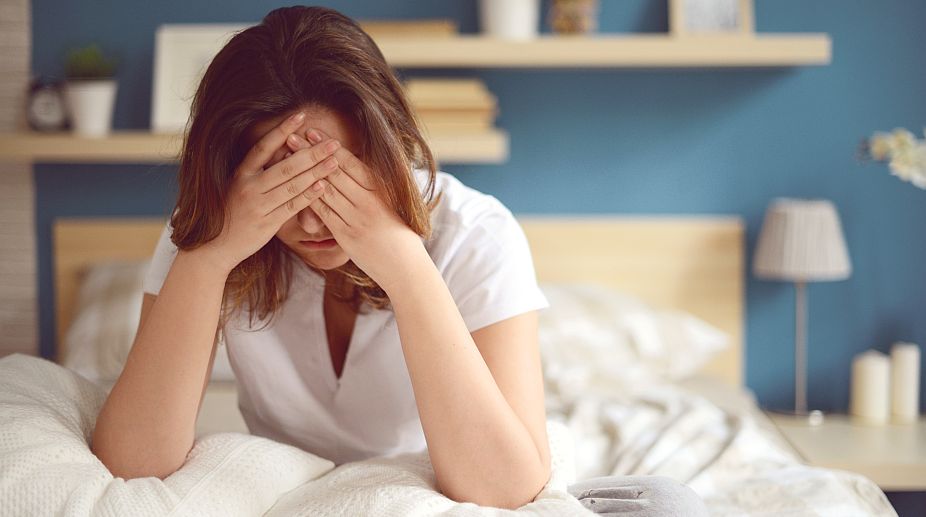
Migraine, a primary headache disorder characterised by recurrent headaches that are moderate to severe, can be controlled with the help of yoga, feel a group of medical professionals. The doctors pointed out that around 20 to 30 per cent people suffer from migraine in the country.
Typically a person with migraine will experience pain on one side of his head, which can last between two hours to two days. During a migraine attack a person usually becomes extremely sensitive to light and noise, apart from showing other common symptoms like vomiting, nausea and pain (that is aggravated during physical activity) to name a few.
Rahul Sharma, consultant neurosurgeon of Venkateshwar Hospital in Dwarka, said from the medical perspective it is important to understand that yoga impacts our brain’s GABA (gamma-aminobutyric acid) levels, which helps in suppressing neural activity, and produces a calming effect on the entire body and mind.
“Studies in the past have also revealed that yoga improves memory, concentration, and mood to a greater degree as compared to those who perform conventional brain training. By cancelling stress-related imbalance in central nervous system, yoga can even prevent cognitive decline and migraine to an extent,” Dr Sharma said.
Another doctor, Dr Sushma Sharma, consultant neurologist, Fortis Escorts Hospital Faridabad, said yoga is a multifaceted holistic discipline involving mindfulness and relaxation techniques, besides physical exercises. In addition to this, it also complements the standard therapies in patients of neurological diseases like migraine, radiculopathies, spondylosis or sleep disorders.”
Some of the asanas that can help in curbing migraine are Setu Bandhasana (bridge pose), Hastapadasana (standing forward bend), Balasana (child pose) and Marjariasana (cat stretch). s.
Dr Sharma said yoga also has a good supplemental role in psychiatric, psychological and stress or lifestyle related disorders like anxiety, depression, schizophrenia, et al.
Dr Sunil Singla, consultant neurologist, Columbia Asia Hospital, Gurgaon, emphasised that stress is one of the commonest factors which trigger migraine. Relaxation exercises, yoga, meditation are few non-pharmacological methods which help in the treatment of migraine. ‘Vinyasa’, for example, stimulates parasympathetic nervous system, tends to slow heartbeat and lowers blood pressure.
[“source-thestatesman”]
